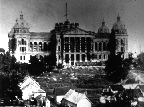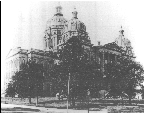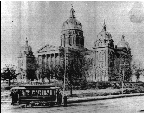Construction & Earlier Buildings
OLD STONE CAPITOL, IOWA CITY
The present Capitol building is Iowa's third since statehood in 1846. The first Capitol building was located in Iowa City. Called Old Stone Capitol, the building served as the seat of state government for 16 years. The building continues to be used by the University of Iowa.
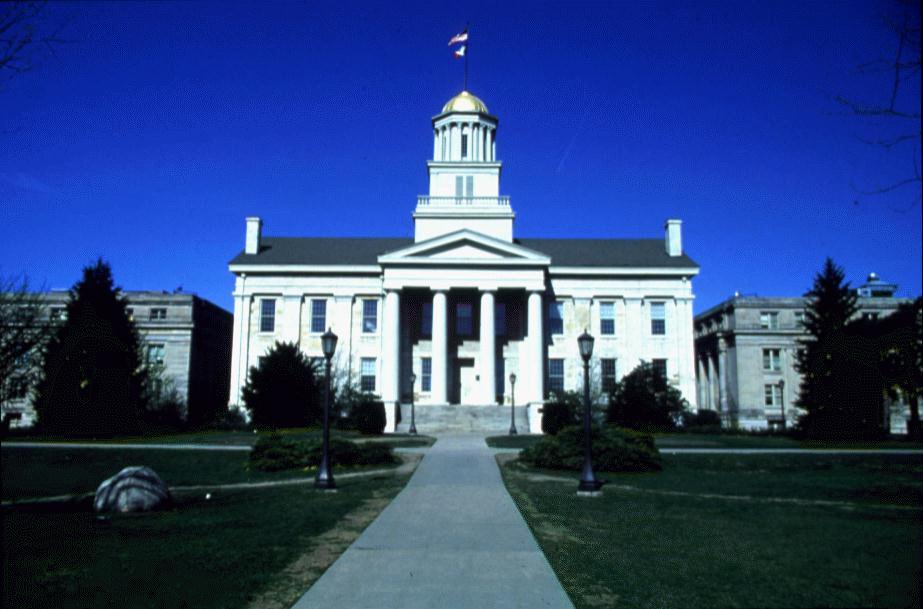
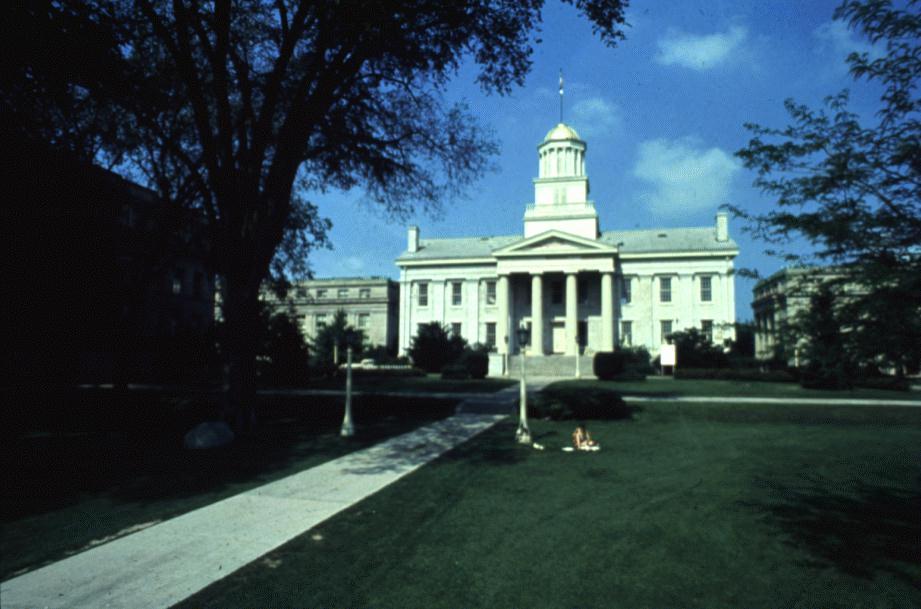

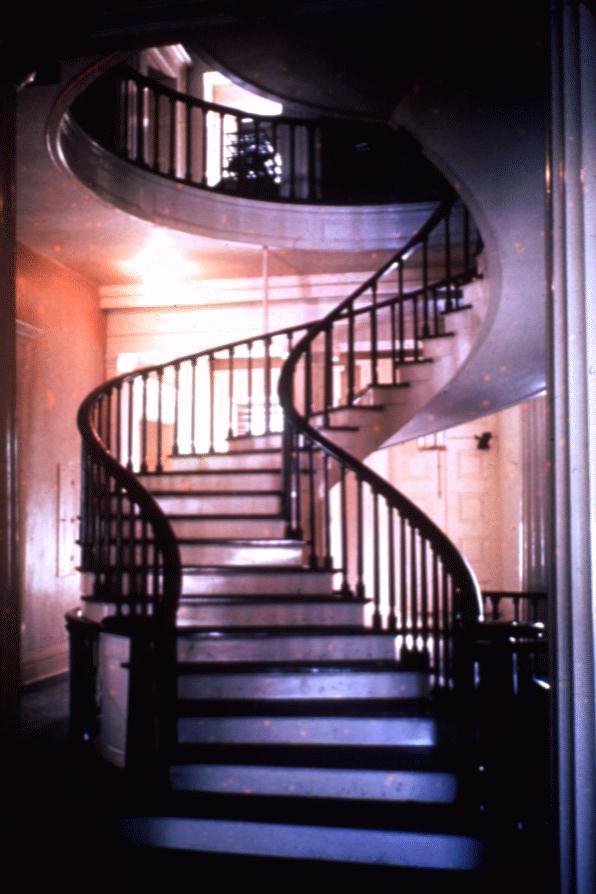
BRICK STATE HOUSE, DES MOINES
With the influx of settlers to Iowa, citizens felt the state's capital should be moved to a more central location. The issue was the subject of intense political debate for over a decade. Ultimately, the Iowa General Assembly chose Des Moines as the new capital city. Money and land for the project were donated by a group of Des Moines businessmen and construction began on the new Capitol in 1856. This structure, which became known as Old Brick Capitol, was located on the east side of the Des Moines and Raccoon Rivers. Old Brick Capitol served as Iowa's Capitol for 26 years and was destroyed by fire in 1892. The Soldier's and Sailor's Monument now occupies the site, which is directly south of the present Capitol building.

USING TEAMS OF MULES, WORKERS LAY THE FOUNDATION FOR THE CAPITOL
The General Assembly established a Capitol commission in 1870 to select an architect and a building plan, and to proceed with the construction of a new Capitol. The cost of the building was not to exceed $1,500,000, and was to be completed without increasing taxes. John C. Cochrane and A. H. Piquenard were chosen as architects, and a cornerstone was laid on November 23, 1871. The original cornerstone had to be replaced when much of the foundation stone deteriorated during the severe winter.
Under the direction of a smaller, full-time Capitol commission appointed in 1872, a second cornerstone was laid on September 29, 1873. Cochrane resigned his position in 1872, but Piquenard continued until his death in 1876. Piquenard was succeeded by two of his assistants, M. E. Bell and W.F. Hackney. Bell resigned in 1883 to become supervising architect for the Treasury Department in Washington, D.C., but Hackney continued until the completion of the building.

WORK BEGINS ON THE SECOND FLOOR OF THE BUILDING
The building was dedicated in January 1884, when the General Assembly first met in the new chambers. The Governor and other state officials moved into their offices in 1885 and the Supreme Court Chamber was dedicated in 1886. The cost of the building totaled $2,873,294.59. An audit showed only $3.77 unaccounted for in fifteen years. Unfortunately, the commission did not have an additional $30,000 needed to finish the interior decorative painting and build the south and west steps.
In 1902, in an attempt to modernize and complete the building, a third Capitol commission was created. As work proceeded, a disastrous fire in the north wing on January 4, 1904, presumably started by a workman's candle, damaged the House Chamber, Supreme Court Chamber, and other offices. The commission restored the building, purchased paintings and mosaics and completed the decorative painting in the corridors. These expenditures raised the total cost of the Capitol building to $3,296,256.

 Permanent Link
Permanent Link